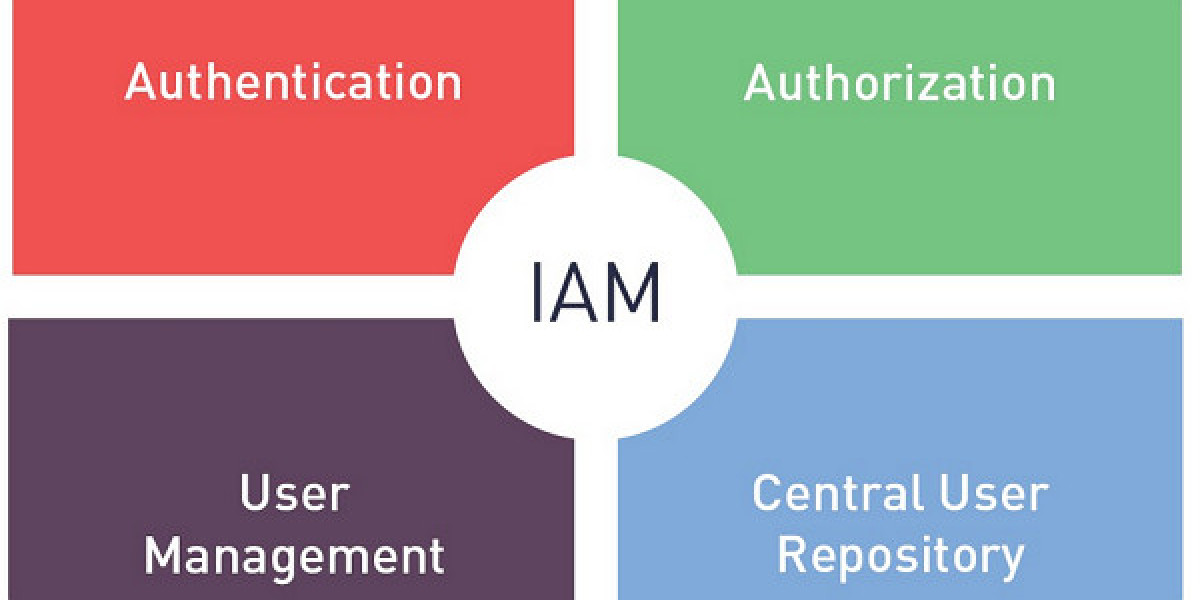The identity and access management market is not just expanding; it is growing at a formidable and sustained rate, reflecting its critical importance in the modern digital enterprise. The projected Us Identity Access Management CAGR (Compound Annual Growth Rate) is exceptionally robust, underpinned by a confluence of powerful and enduring trends that are reshaping the business and technology landscape. This growth is a direct consequence of organizations grappling with an increasingly complex and borderless IT environment. The traditional security perimeter has dissolved, replaced by a fluid reality where users, devices, and data are everywhere. In this new paradigm, identity has become the new security perimeter, making investment in robust IAM solutions a non-negotiable priority for businesses of all sizes and driving the market's impressive and consistent upward trajectory.
A primary catalyst for this strong CAGR is the widespread and accelerating adoption of cloud computing. As businesses migrate their applications and data to public, private, and hybrid cloud environments, they face the immense challenge of managing user access across these distributed systems. Each new SaaS application or cloud service introduces a new set of users and permissions that must be securely managed. Cloud-native IAM solutions, or IDaaS, are specifically designed to address this complexity, providing a centralized control plane to enforce consistent access policies across the entire hybrid IT ecosystem. This ability to secure a multi-cloud world is a fundamental requirement for modern enterprises, making IAM a foundational investment for any organization undergoing digital transformation and a key driver of market growth.
The mass shift to remote and hybrid work models, institutionalized during the COVID-19 pandemic, has also been a massive accelerant for the IAM market. With employees accessing sensitive corporate resources from a multitude of locations and personal devices, the old model of trusting users simply because they were on the corporate network became obsolete. This has fueled the widespread adoption of Zero Trust security principles, a framework where no user or device is trusted by default, and verification is required for every access request. IAM is the absolute core of any Zero Trust architecture, providing the continuous authentication and authorization needed to enforce this "never trust, always verify" approach. The enduring nature of remote work ensures that IAM will remain a top spending priority.
Furthermore, the relentless and ever-more-sophisticated cyber threat landscape is a powerful driver of the market's high CAGR. Credential theft, phishing attacks, and ransomware are consistently among the most common and damaging types of cyberattacks. Weak or stolen passwords remain the primary entry point for attackers. In response, organizations are aggressively implementing stronger authentication methods, with Multi-Factor Authentication (MFA) becoming a baseline requirement for everything from email access to VPN connections. The need to protect against these persistent threats and the high financial and reputational cost of a data breach provide a powerful and ongoing incentive for businesses to invest heavily in advanced IAM solutions, ensuring a healthy and sustained growth rate for the market.
Explore Our Latest Trending Reports:







